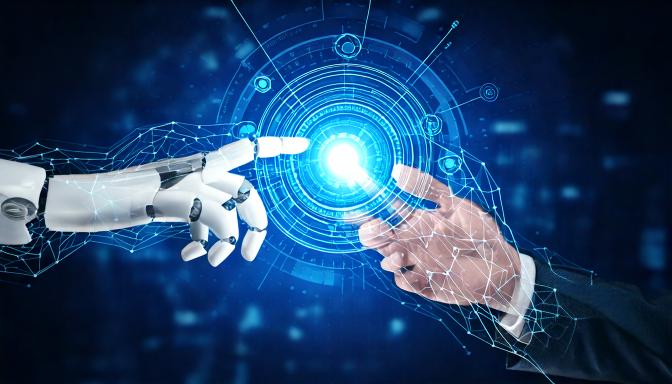AI’s role in enhancing human productivity is widely accepted, but does it actually improve every task when paired with humans? A recent MIT study dives into this question, exploring which tasks thrive on human-AI collaboration and which ones might fare better independently. Interestingly, the study suggests that humans and AI excel together in specific areas—particularly in creative tasks.
What’s Happening & Why This Matters
MIT’s Center for Collective Intelligence conducted a large-scale analysis, reviewing 370 findings from over 100 studies on human-AI collaboration. This research explored three approaches: humans working alone, AI working alone, and humans and AI working together. The results reveal a nuanced understanding of AI’s impact on productivity, showing that while AI-human teams can outperform humans alone, they don’t always exceed AI’s solo performance.
One standout finding of the study is that human-AI partnerships work particularly well in creative tasks, such as generating visual or written content. In these scenarios, AI can handle repetitive and pattern-driven tasks, while humans bring in creativity and nuanced insights. This combination allows AI to perform routine elements, leaving humans to refine the output creatively. “AI can do the heavy lifting of background research and data analysis, freeing humans to focus on nuance and context,” explains Thomas Malone, the study’s co-author.
Where AI Goes Solo and Future Work Implications
For decision-making tasks, like deepfake detection or medical diagnoses, AI alone outperformed human-AI teams. These tasks demand precision, consistency, and fast data processing, areas where AI has a clear advantage. Lead researcher Michelle Vaccaro explains, “There’s an assumption that adding AI always improves outcomes, but sometimes it’s more effective to let AI handle tasks independently.” These findings underscore that collaboration isn’t a one-size-fits-all solution, as some areas benefit from AI’s autonomy.
The study advises caution in blanket AI-human collaborations and emphasizes identifying effective collaborative processes tailored to specific needs. According to the researchers, future studies should continue investigating ways to optimize human-AI teamwork, particularly by targeting creative and complex problem-solving tasks.
TF Summary: What’s Next
MIT’s findings suggest a targeted approach: leverage AI-human collaboration where creative input matters, and let AI handle tasks where speed and accuracy are essential. As AI continues its integration in our daily lives, focusing on complementary strengths could “reset” work across industries — pushing for smarter, task-specific AI integrations.
— Text-to-Speech (TTS) provided by gspeech


